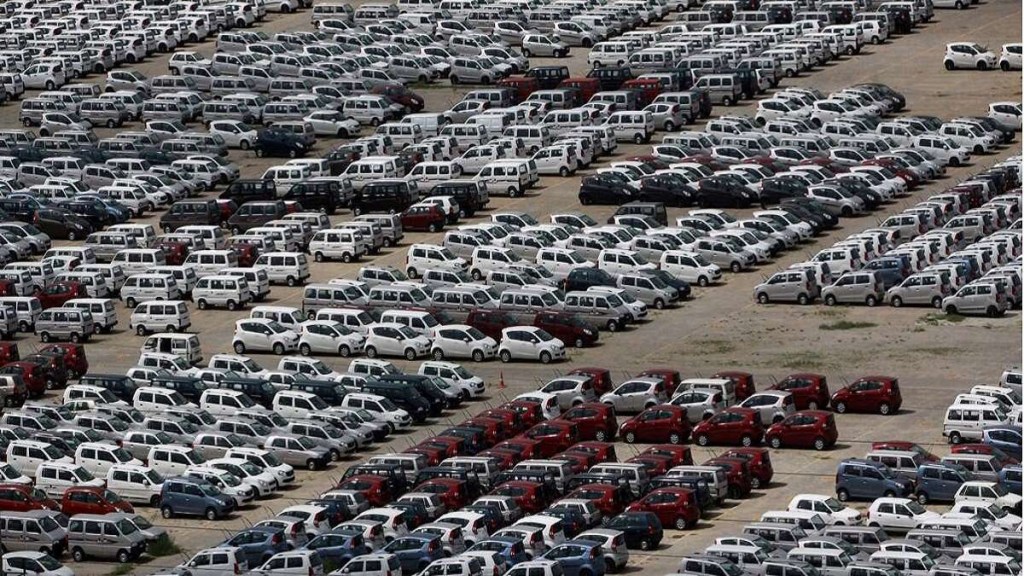The wheels of the automobile industry don’t seem to be running in an aligned manner with the passenger vehicle manufacturers and the Federation of Automobile Dealers Association (FADA) battling each other over inventory levels amid slowing demand. FADA has been saying that while it has been flagging high, unsustainable stocks which could lead to severe disruption in the retail ecosystem, original equipment manufacturers (OEMs) have been pushing higher dispatches in the hope of higher sales in future. The result is a situation in which the inventory levels have reached an alarming 70-75 days, totalling 780,000 vehicles valued at around Rs 77,800 crore. Manufacturers don’t agree with this grim picture portrayed by the dealers’ body. They maintain that inventory levels are of 35-40 days, which translates into 415,000-420,000 units, valued at around Rs 45,000 crore. In fact, Maruti Suzuki has officially said that its inventory level in August was 36 days, which was lower than 38 days in July.
There has always been a gap between the estimates of dealers and manufacturers. But the difference has reached a stratospheric level now, resulting in a credibility crisis. It’s clear that one side is inflating the numbers hugely while the other is deflating — the truth thus lies somewhere in between. The industry norm is that a month’s stock needs to be with the dealers to avoid delay in deliveries to the consumers. The OEMs pay dealers commission on the 30-day stock and this does not vary even if the stock falls below this level. For instance, in December the inventory levels generally fall below 30 days because consumers prefer vehicles with the new year’s manufacturing date. So, dealers do gain at times and therefore should be more accommodating if inventory rises at any given point of time on OEMs’ insistence.
Second, if FADA is talking about high inventory levels, it should provide company-wise break-ups for a better understanding of the picture. Since there’s no practice of multi-company dealers, it’s quite possible that a few OEMs may be pushing up their stocks and not the entire industry. FADA should also realise that the relationship between OEMs and dealers is complementary and not adversarial. At the end of the day, the product and brand is of OEMs, which gets harmed in the case of financially weak dealers. Therefore, manufacturers saddling dealers with unsustainable inventory seems a little hard to believe. At their end, manufacturers also need to bring in certain corrective measures, the main point being doing away with the current practice of releasing wholesale dispatch numbers and not retail sales. The entire fracas would disappear if the OEMs start using retail numbers for determining their market share instead of wholesales. Using wholesale numbers skews the real picture, as by pushing dispatches a manufacturer can shore up its overall sales number.
In this regard, the registration data which is captured by the VAHAN portal should be used by both sides to capture retail sales. While FADA does that currently, OEMs go by their own internal dealer software numbers. It’s important that the OEM-dealer relationship gets aligned so that such ugly scraps do not escalate further. If the differences are not bridged soon, both are in for a rough ride as it happens when the wheels of a car lose alignment and balance.

